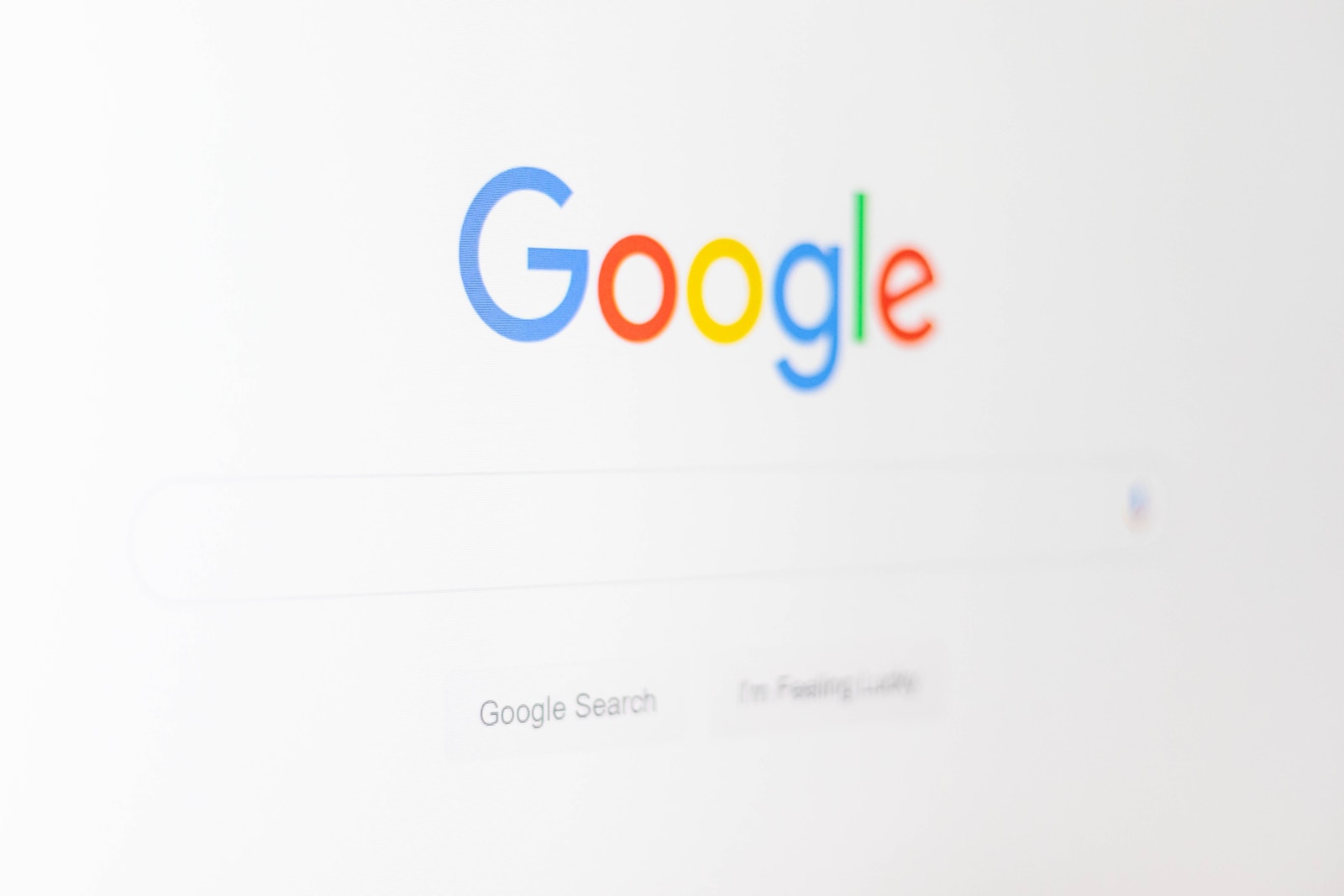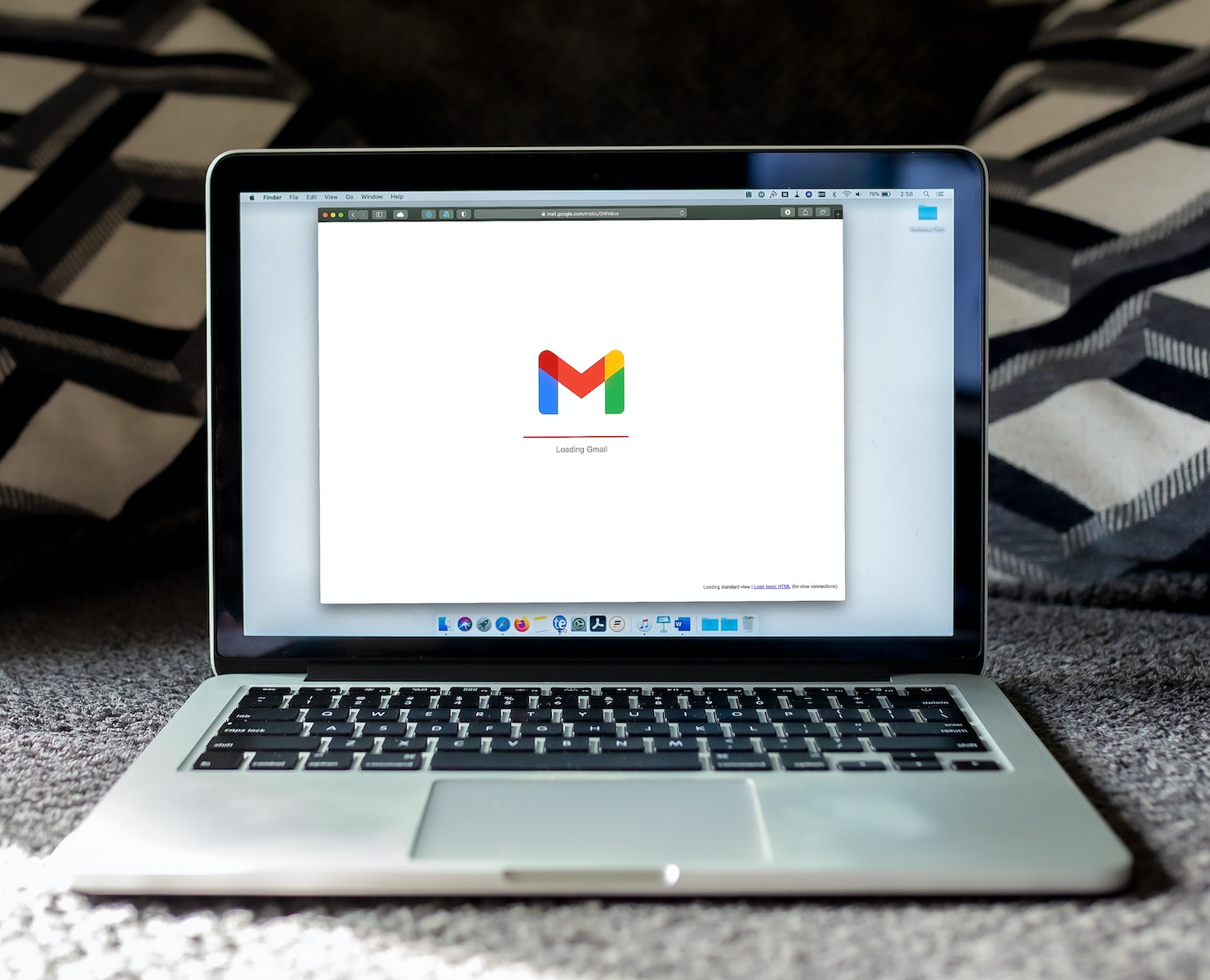As more businesses move their businesses online, paid search advertising has become a vital part of digital marketing efforts. Google Ads is one of the most widely used paid search platforms due to its robust targeting features and broad reach.
Creating and managing effective ad groups is the foundation of any successful Google Ads campaign. In this guide, we’ll walk through the steps of creating and managing ad groups that share the same keywords.
What is an ad group on Google Ads?
An ad group is a collection of ads within a Google Ads campaign. It is made up of a set of relevant keywords for the products or services you offer. When a user enters a specific keyword into the Google search bar, Google displays ads for that keyword.
By grouping similar keywords into ad groups, you can create relevant ads that target specific user groups. This helps improve your Ads Quality Score, which is a metric used by Google to determine how relevant and useful your ads are to users.
Create ad groups with shared keywords
To create ad groups with shared keywords, it is essential to focus on relevance. The more relevant your ads are to users’ search queries, the higher your Quality Score will be, which will translate into a better ROI for your ad spend.
Step 1: Identify your keywords
The first step to creating ad groups with shared keywords is to identify the keywords relevant to your business. Start by compiling a list of relevant keywords that you think people might use to find your products or services.
Use Google’s Keyword Planner to generate keyword ideas based on your business offerings. This tool will let you see the search volume, level of competition, and potential cost per click for each keyword.
Step 2: Group your keywords into themes
Once you have identified your relevant keywords, group them into relevant topics for your business offerings. Each ad group should have a theme that reflects a set of closely related keywords.
For example, if you sell running shoes, you can group your keywords into themes like “men’s shoes,” “women’s shoes,” “running shoes,” and “trail running shoes.”
Step 3: Write ad copy
Next, write ad text specific to each ad group. Your ad text should include the keywords you grouped together and be relevant to the search query.
Having separate ad copies for each ad group is essential, as this ensures that your ads are relevant and targeted to the user. Ad text should include a title, description and call to action.
Step 4: Create ad groups
Now that you’ve grouped your keywords by topic and written ad text specific to each group, it’s time to create your ad groups. In Google Ads, you can create ad groups by clicking on the “Campaigns” tab and selecting “Ad groups” from the drop-down menu.
Then click on the “New ad group” button and give your ad group a name that reflects your keyword theme. Then add your keywords to the ad group and make sure the settings are configured to match the intent of the keyword.
Step 5: Monitor and optimize your ad groups
Once your ad groups are live, you will need to regularly monitor their performance. Keep an eye on the click-through rate, conversion rate, and cost per click of each ad group.
Adjust your bid amount and ad text as needed to improve performance. Some tools, such as Google’s AdWords Editor, allow you to bulk optimize your ad groups all at once.
Conclusion
Creating and managing ad groups that share the same keywords is an essential part of any Google Ads campaign. By grouping similar keywords into themes, you can create relevant, targeted ads that can improve your Quality Score and drive better results.
Don’t forget to regularly monitor and optimize your ad groups to ensure you’re getting the best return on your investment. With this guide, you’re well on your way to creating effective ad groups that will drive conversions and boost your business’s online presence.









